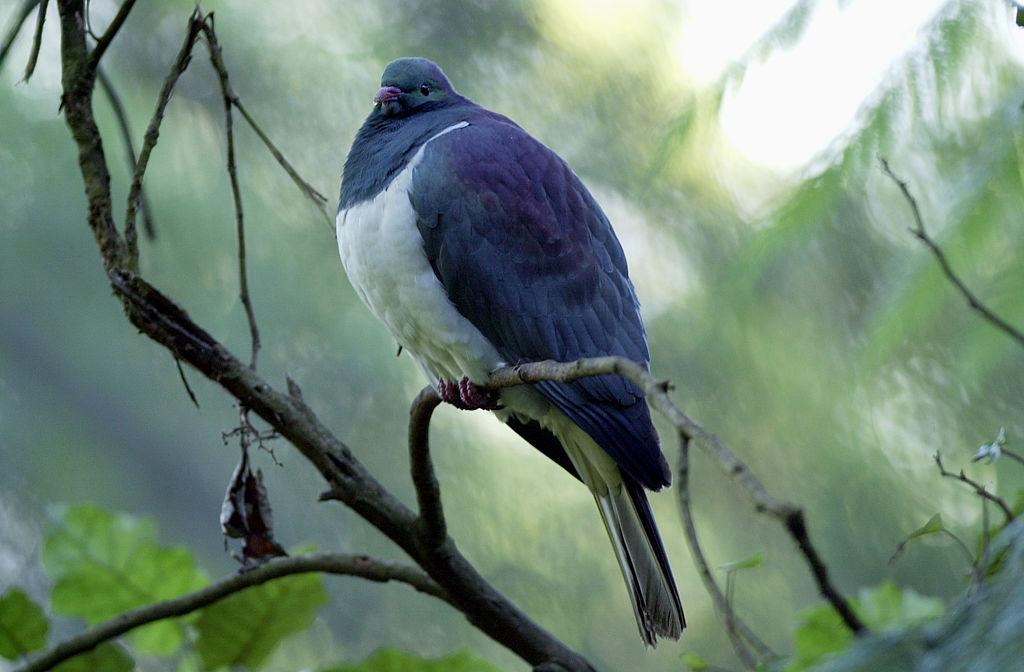New Zealand’s Conservation Minister Willow-Jean Prime says new laws are needed to address the country’s “biodiversity crisis.”
“More than 4,000 of our native species are currently threatened, with some at risk of extinction,” Ms. Prime said. “A new [Wildlife] Act will help to address threats they face, including impacts from climate change, invasive species and habitat loss.”





